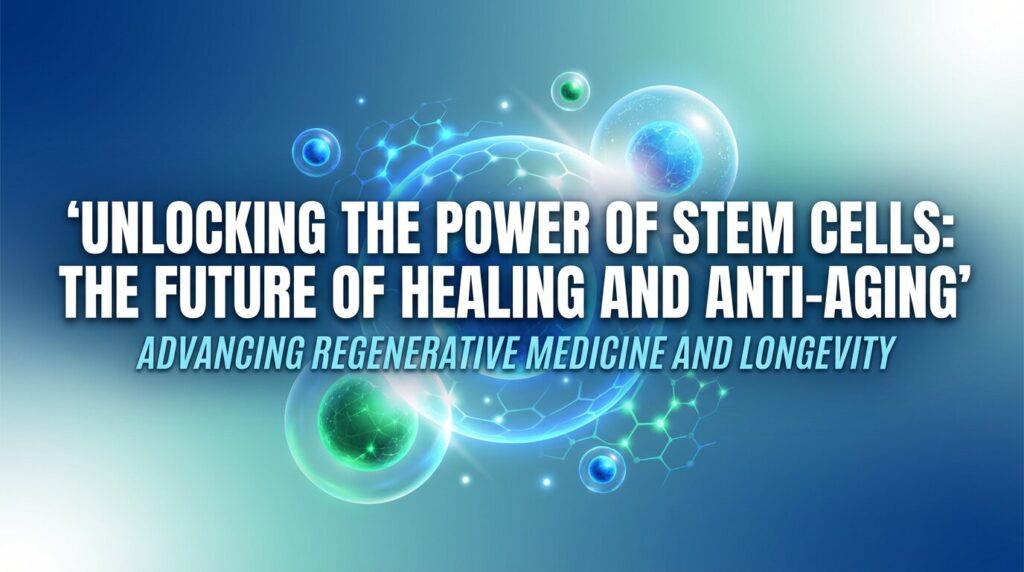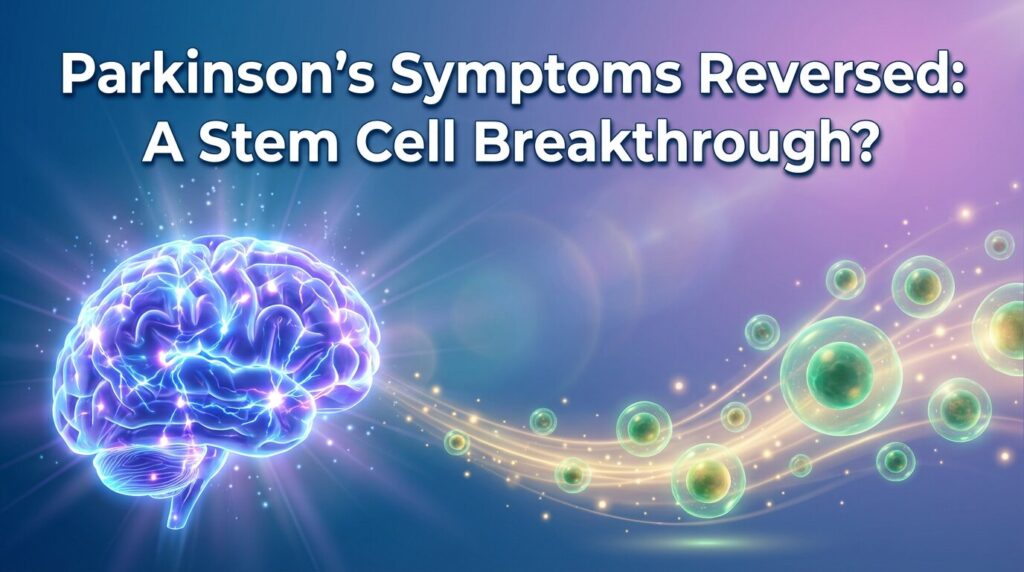In recent times, stem cell therapy has emerged as a promising solution for various health issues, notably back pain. Given the prevalence of back pain, it’s no surprise that this topic garners significant attention. This video offers an insightful look into stem cell therapy for back treatment, detailing the process, costs, and expected outcomes.
Video Summary:
Personal Background and Diagnosis
Dr. Yoni Whitten, without any current pain or functional limitations, maintains a proactive approach to health. Despite this, a history of sports activities not spine-friendly led to a diagnosis in 2003 of grade one spondylolisthesis in the lower back. Fast forward 20 years, an MRI was done to assess the condition of the spine.
MRI Insights
The MRI revealed:
- Good vertebrae shape, disc height, and secondary curve, explaining the lack of movement restriction.
- No spondylolisthesis, indicating the body’s natural repair over two decades.
- The presence of moderately sized disc bulges at L3, L4, L4-L5, and L5-S1.
Consultation and Treatment Plan
A thorough consultation at Dream Body Clinic included reviewing MRI images to identify problem areas. The treatment recommended was a comprehensive lower back therapy involving:
- Four injections of 25 million stem cells each, combined with platelet-rich plasma, delivered intramuscularly.
- An additional 100 million stem cells via IV infusion.
Stem Cell Source and Preparation
The stem cells used were allogenic, derived from umbilical cord and placenta tissues from healthy births. These cells, usually discarded as medical waste, are cultivated in labs, ensuring only the highest quality cells are used.
Cost and Misinformation
The treatment cost was $7,500, covering consultation, blood work, MRI imaging, and stem cell therapy. The narrator emphasizes the importance of educating oneself about stem cell therapy, given the prevalence of misinformation.
Post-Treatment Experience
Post-procedure, the narrator experienced sleepiness, mild flu-like symptoms, and lower back stiffness, resembling post-exercise ache. These symptoms subsided within a few days.
Follow-Up and Rehabilitation
A follow-up MRI is planned six months post-treatment to evaluate the effectiveness. The narrator has also undertaken lifestyle modifications, including a new exercise regime, lumbar traction, and nutritional strategies, to maximize the treatment’s benefits.
Concluding Thoughts
The video concludes with an offer of a free eBook to help viewers avoid common mistakes in stem cell therapy. Dr. Whitten’s experience provides a valuable insight into what one might expect from such a treatment, both in terms of process and post-treatment care.



